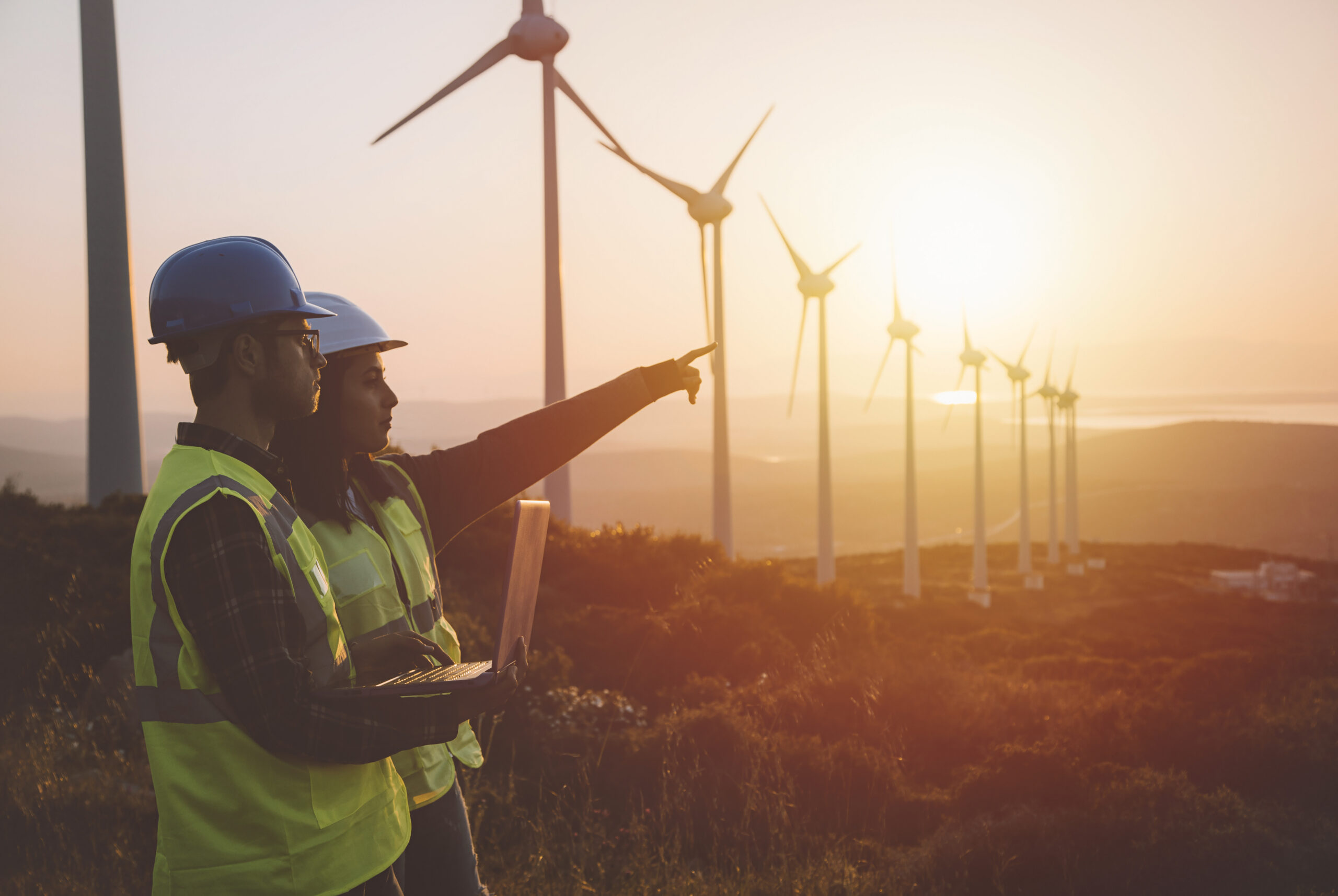
Alberta is leading Canada in utility scale solar and wind projects
The province of Alberta is leading Canada in utility scale solar and wind projects. Out of the 1.8 GW in newly installed renewable energy in Canada a whopping 75% was in Alberta.
Canada recently announced its new Investment Tax Credit (ITC) as part of its 2023 Federal Budget. A 30% tax credit on capital costs, refundable when the asset is constructed, could draw $15 billion in clean energy investments by 2025. The tax credit is cash refundable, making it a nonperformance related cash injection into the asset. It is also available for tax exempt entities, opening the field to new players.
The new ITC is just another positive variable in Korkia’s investment portfolio in Alberta. The province itself is leading Canada in utility scale solar and wind projects. Out of the 1.8 GW in newly installed renewable energy in Canada a whopping 75% was in Alberta. CANREA (Canadian Renewable Energy Association) has forecasted, that by 2025, Canada will add another 5 GW of wind, 2 GW of solar and 1 GW of energy storage capacity. Compare that to what Alberta Electric System Operator (AESO) recently published, ‘the province has 3,500 MW of wind, solar and storage initiatives are under construction, while an extra 4,000 MW has been approved by the Alberta Utilities Commission.’ Alberta alone is on track to reach the total national forecasts.
Solar power is already cheaper than natural gas power in Alberta and is forecasted to be 16% less expensive by the end of the decade, and wind power is set to be 40% cheaper than gas-fired-power by 2030.
All the demand has created pressures on the market. AESO is transitioning to a cluster application process to analyze projects regionally for overall fit and need. The process, in theory, will be faster, more transparent, and more holistic in solving provincial energy needs. Developers are racing to hit fast approaching transition deadlines. AESO is stretched to accommodate the demands. Banks are taking a conservative approach, and buyers are waiting to see the outcomes. With so many moving parts, it could be viewed with a pessimistic lens. But what we are seeing in Alberta has happened in many other markets. A cleaning process, removing non-viable projects from the queue to make way for high quality, well-funded projects. The result, if following the pattern from other markets, will be an efficient market ready for proper growth.
Alberta is an energy juggernaut. It is used to, and incredibly skilled in, navigating an evolving energy market. It is also the only deregulated market in the country, enabling private developers to build new projects and sell the electricity, along with the associated renewable energy credits, to corporate customers. It has the ambition, the capabilities, the regulation, and pro-business environment to deliver big in Canada’s effort to reach net zero targets.
Our portfolio in Alberta is ~1,300MW and growing. Together with our local developer Universal Kraft Canada Renewables, our projects could power up to 500,000 thousand Albertan homes.
Learn more about the energy markets of various countries in our market report, Renewables Review. There we also take a closer look at rising trends such as agrivoltaics.


